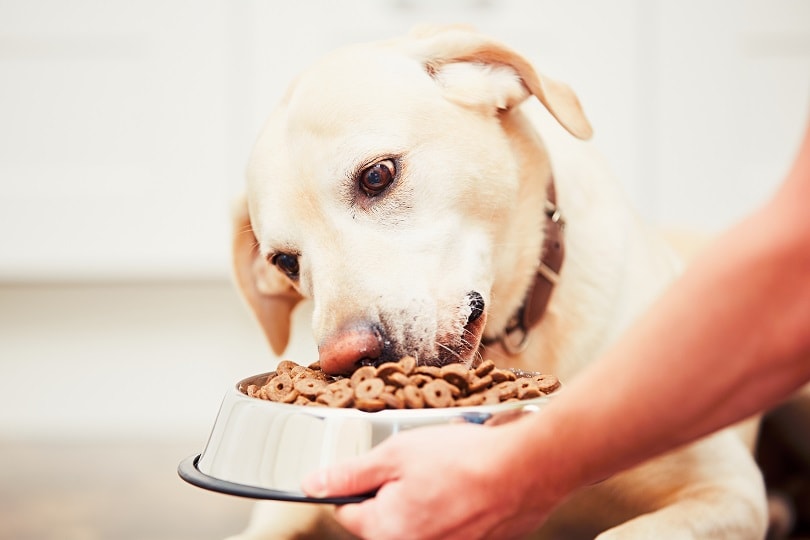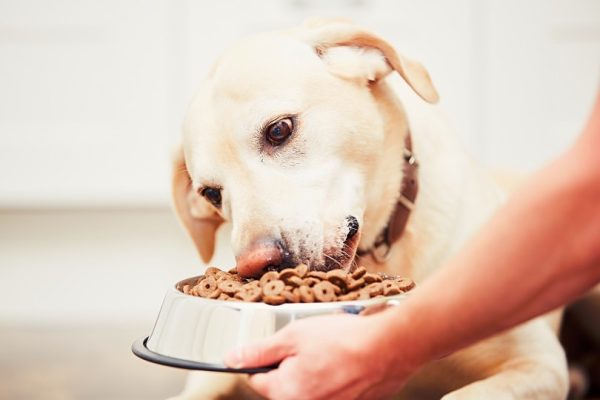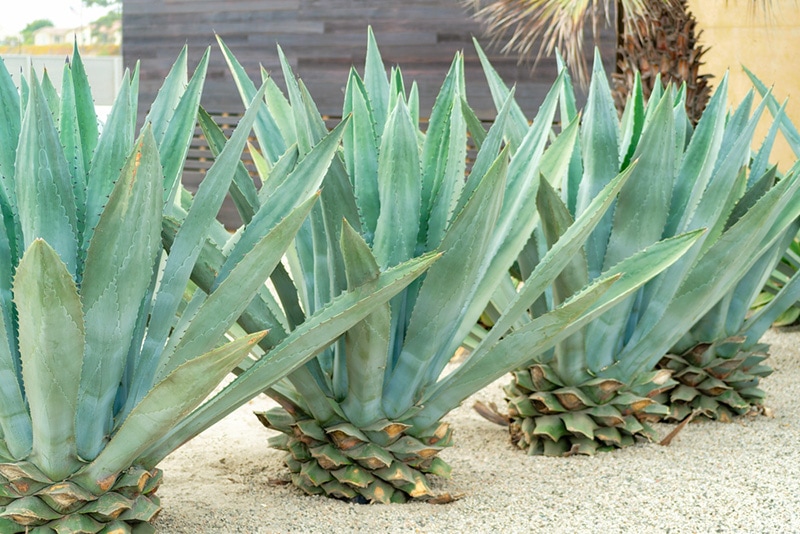As a dog owner, you know the key to your pup’s good health is proper nutrition. Navigating the different types of dog food out there can be confusing. You want to make sure they are getting what they need, but you don’t want to overfeed your dog because you know it can lead to long-term health problems.
While you should always consult your veterinarian about the best food choices to maximize your dog’s health, we have put together some simple guidelines to help you better understand the factors involved in canine nutrition. Keep reading to learn more!
The 7 Golden Rules for Feeding Your Dog
1. Feed them quality food.
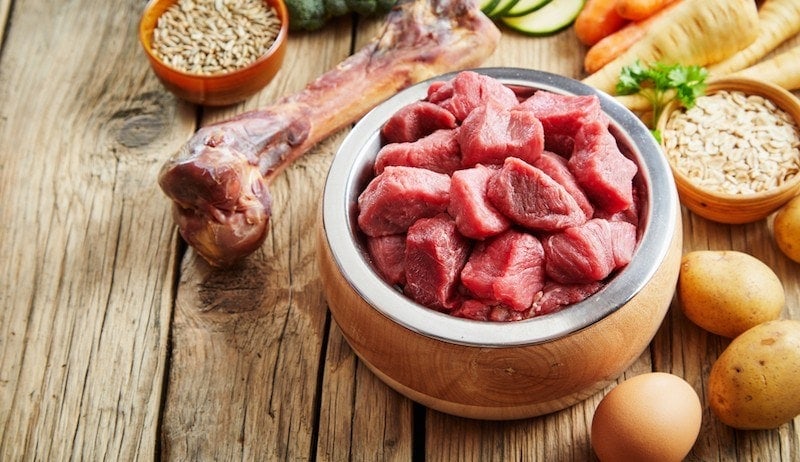
The most important thing you can do to ensure your dog is eating a healthy diet is to feed them high-quality food. This can be tricky because there are many dog foods out there that claim to be made from high-quality ingredients. Also, your dog’s specific health conditions may impact the nutrient balance they need. For a dog that is healthy with no known conditions, there are a few things you should look for in a quality dog food.
First, the main ingredient in the food should be some type of meat such as chicken, beef, lamb, or another type.1 Dogs are omnivores, so they need other nutrient sources. However, foods that have a grain such as corn as the first ingredient do not provide the right balance of protein. Grain-heavy foods also can be too high in carbohydrates. Any excess carbohydrates are converted to sugar and stored as fat, which can lead to weight gain. Excess protein is not stored, instead, it is passed through your dog’s urine.
Next, the fat, carbohydrate, vitamin, and mineral content should be properly balanced. In general, protein should make up about 30 percent of the nutrient content. Fat should be at least 18 percent. The rest should come from carbohydrates. The food should also contain omega-3 fatty acids, vitamins, and fiber.
Finally, high-quality food won’t contain any food colorings or dyes.
2. Keep a regular feeding schedule.
Your dog should be kept on a regular feeding schedule. Many dog owners opt to feed their dogs twice each day. This works well because it prevents your dog from getting too hungry and overeating at mealtimes.
A regular feeding schedule can include room for treats, but be careful not to give your dogs too many treats. You should also limit table scraps. Sticking to a schedule and limiting treats will make it easier for you to monitor how much your dog is eating.
3. Feed the right amount for your dog’s size.
This may seem obvious, but it is important to keep in mind that all dogs are not the same. A Rottweiler needs to eat more each day than a Pomeranian. The right amount of food to give your dog can range from just ½ cup for toy dogs to 4 cups for dogs over 100 pounds. This is just a general guideline and you should consider other factors, such as activity level and age.
Complement this information by using our dog calculator tool here:
The exact amount of calories an individual animal needs to maintain a healthy weight is variable and influenced by many factors including genetics, age, breed, and activity level. This tool is meant to be used only as a guideline for healthy individuals and does not substitute veterinary advice
4. Feed the right amount for your dog’s activity level.
Some dogs are busy bees who need to be moving all day. Others are content with a short walk and naps on the couch. If your dog is the type who loves exercise, they are going to need to eat more than a sedentary dog of the same size.
As a dog owner, you should always monitor your pet’s behavior and be aware of any changes. If your dog seems ravenous at mealtimes and is constantly begging, they may not be getting enough food. If your normally active pup is suddenly lethargic, there may be an underlying health issue. If your dog is putting on weight, you may be overfeeding it or not providing enough opportunities for exercise. By paying attention to these changes in your dog, you can make sure you are adjusting their food levels properly with the guidance of your veterinarian.
5. Feed the right food for your dog’s stage of life.

Your dog’s stage of life will play a critical role in feeding your dog. There are specially formulated foods for different age levels. The nutritional balance and amount of food your dog needs will change throughout its lifetime.
Puppies need to eat food formulated for growth. It is recommended that a growth formula food is fed to puppies until they reach about 90 percent of their full size. The age at which this occurs can vary from 12 to 18 months depending on the size and breed of the dog.
After that, your dog should be fed adult formula dog food. There are also senior formulas for older dogs. The right one of these foods is dependent on the factors mentioned above as well as your veterinarian’s recommendation.
6. Feed them food they will eat.
Just like people can be picky eaters, so can dogs. Some dogs will scarf down anything with no problem. Others will only eat certain foods or types of food. If you notice your dog loves food with chicken as the lead ingredient but turns their nose up at a beef-based food, then feed them the food they prefer.
As long as there aren’t health conditions to consider, both wet and dry food can be nutritious choices. Some dogs like both, so you can feed them wet food in the morning and dry food at night, or whatever combination works for you and your dog.
7. Always check with your veterinarian if you notice any changes.
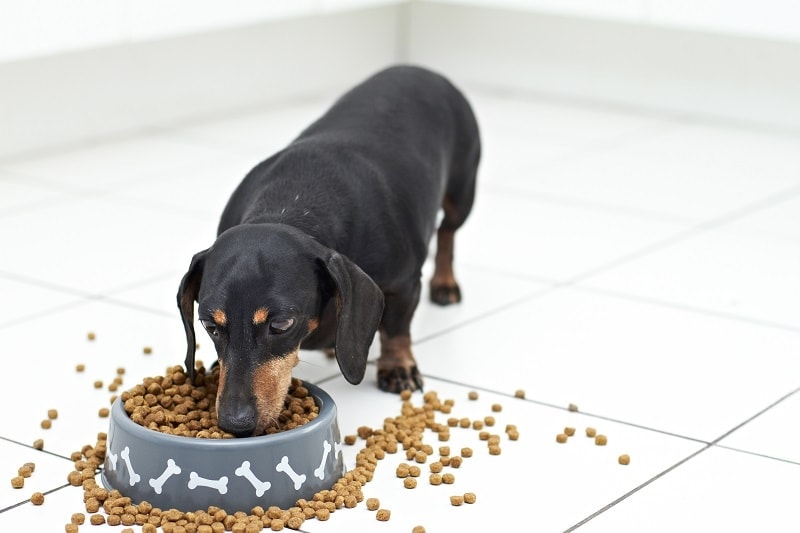
There are many diet-related issues you may encounter with your dog. If your dog usually has a healthy appetite and suddenly loses interest in food, it could be a sign of illness or infection. The same is true if your dog suddenly seems hungry all the time. Excessive scratching, hair loss, or other physical signs can be a signal that something in your dog’s food is causing a reaction. You should pay attention to any of these behavior changes and always consult your veterinarian if you notice anything that seems amiss.
Conclusion
Nutrition plays a critical role in your dog’s health and happiness. These golden rules are meant to help you understand the factors that go into the proper care and feeding of your dog. There is no substitute for speaking with your veterinarian. However, understanding these guidelines can help you ask the right questions when you meet with your vet so you know how best to feed your dog.
See also:
- Protein for Dogs: How Much is Too Much? Facts & FAQ
- Malshi vs Maltipoo: Which One Is Right for Me? (With Pictures)
Featured Image Credit: Jaromir Chalabala, Shutterstock
Contents
- The 7 Golden Rules for Feeding Your Dog
- 1. Feed them quality food.
- 2. Keep a regular feeding schedule.
- 3. Feed the right amount for your dog’s size.
- 4. Feed the right amount for your dog’s activity level.
- 5. Feed the right food for your dog’s stage of life.
- 6. Feed them food they will eat.
- 7. Always check with your veterinarian if you notice any changes.
- Conclusion

